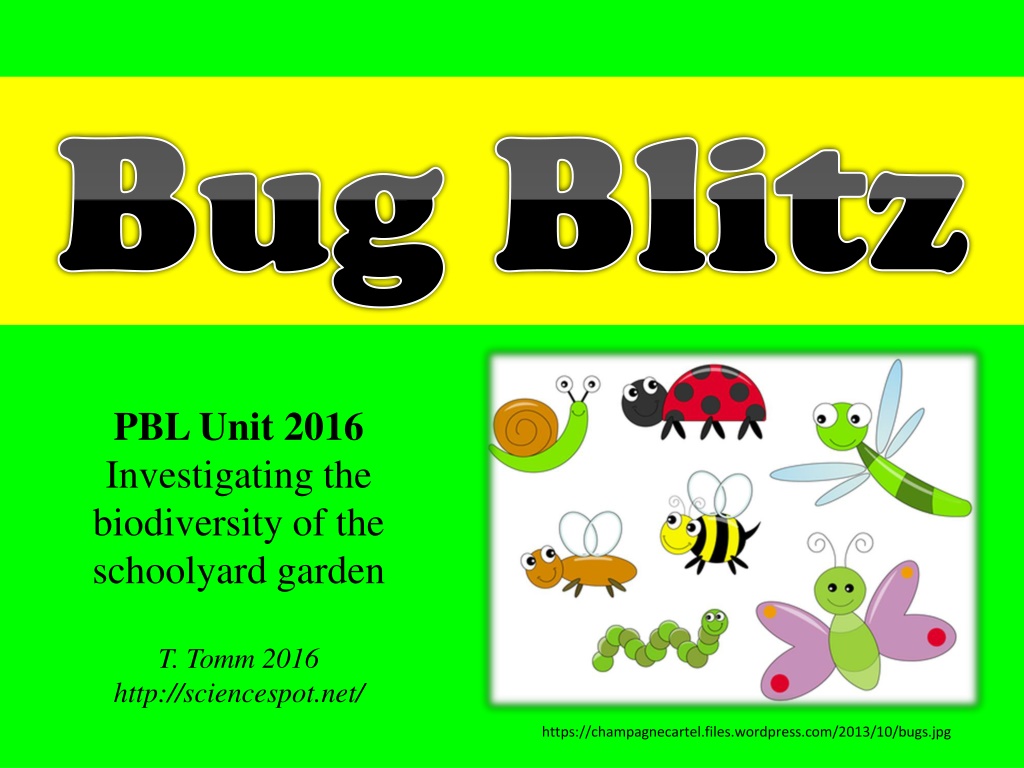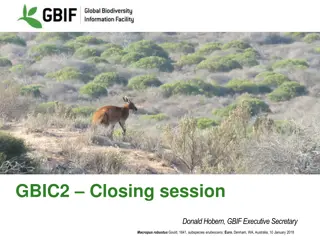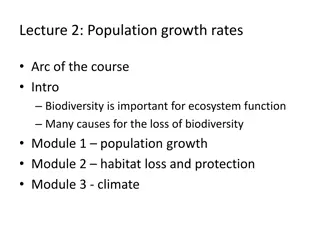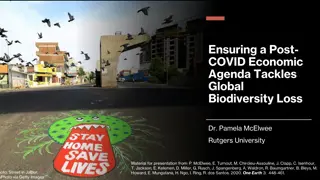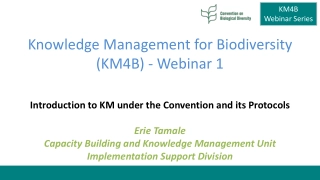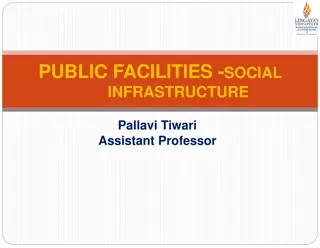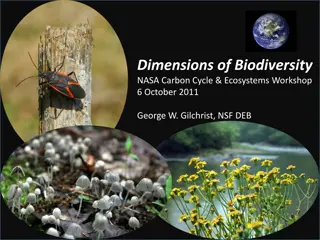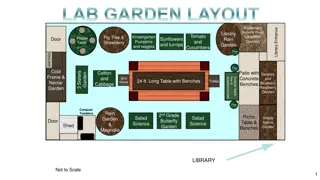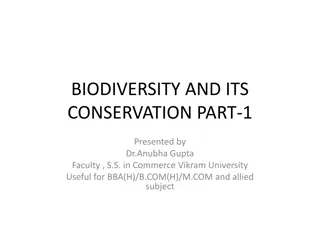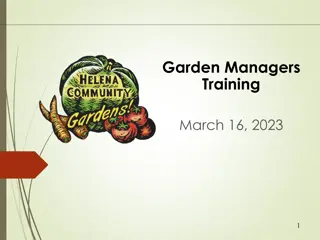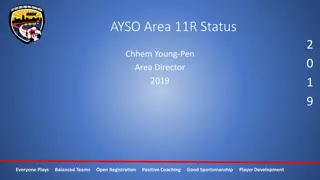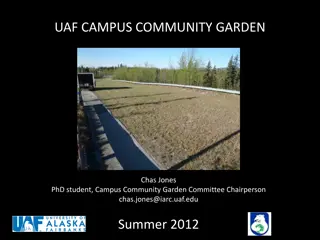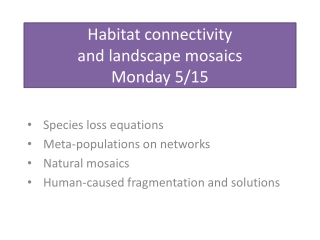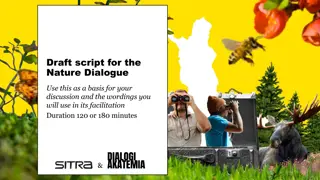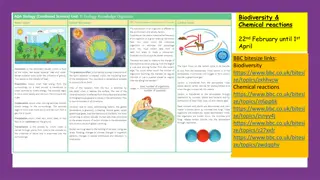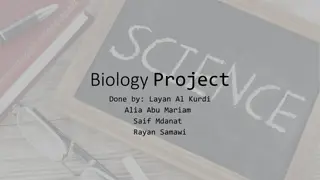Investigating Biodiversity in the Schoolyard Garden
The Bug Blitz project aims to investigate the biodiversity of the schoolyard garden by capturing and documenting different bug species. The project involves identifying bugs, taking detailed photographs, and ensuring data accuracy. Specific procedures and methods are outlined for data collection within a time limit and using necessary materials. The ultimate focus is on understanding biodiversity through the lens of bug populations in the garden.
Download Presentation

Please find below an Image/Link to download the presentation.
The content on the website is provided AS IS for your information and personal use only. It may not be sold, licensed, or shared on other websites without obtaining consent from the author. Download presentation by click this link. If you encounter any issues during the download, it is possible that the publisher has removed the file from their server.
E N D
Presentation Transcript
Bug Blitz Bug Blitz PBL Unit 2016 Investigating the biodiversity of the schoolyard garden T. Tomm 2016 http://sciencespot.net/ https://champagnecartel.files.wordpress.com/2013/10/bugs.jpg
A few questions to discuss Bio = Life & Diversity = Differences What is biodiversity? Species diversity = Number of different species in an area Habitat diversity = Number of different habitats in an area Genetic diversity = Differences in the genetic traits of a population What is considered a bug? For this project, a bug would be considered any invertebrate that could be classified as an arthropod insects, arachnids, crustaceans (pill bugs), millipedes, and centipedes. How will we determine the diversity of the garden? Let s make a plan. What procedures do we need to follow? How will we make sure our data is accurate and reliable?
Phase 1: Blitz the Garden How will we determine the diversity of the garden? Let s make a plan 1st What do we need to know? The number of different species of bugs (arthropods) 2nd How will we get the information/data? Catch as many different species as we can in the garden area 3rd How will we make sure our data is accurate & reliable? Make sure we document as many bugs as possible Correct identification (which depends on good pictures and notes)
Our method Catchers Catch the bugs and then work with checkers to transfer bugs to Ziploc bags/containers. Checkers Assigns a card and # to each bug caught, writes a brief description, and then passes the bugs to the photographers # = Class Period + Blitz # + Specimen # 2-1-13 Clickers (Photographers) Take pictures of bugs with the # showing in the image different views, zoomed in as much as possible to show details. Upload pics to Google Drive ASAP.
Time Limit: 20 mins Area: Limited to the schoolyard garden area and anything that might fly away from it (must stay in the front yard and cannot cross a sidewalk, driveway, or ditch). Materials Needed: Catchers Nets, shovels, bug tongs, bug jars, and Ziploc bags or containers Checkers Markers, index cards Clickers Smart Phones (charged!) with Google Drive app
Phase 2: Identification Clickers (Photographers) Upload your pics to the correct folder on drive. Work as teams to identify all the bugs your class caught. You may use online resources, my ID guides, or books. Right-click on the name to rename the folder with the bug s name. Write the name on the index card. Click and drag to move them to the IDENTIFIED folder when you are done. Not sure what it is? Ask your teacher.
Phase 3: Reporting Data Go to mrstomm.com 8th Science to find the link for the Bug Blitz Report Form. Work in teams to report all the different species of bugs your class found. You only need to report each species ONCE even if there are more pictures in the folder. Click SUBMIT and then find the link to submit another response. DONE? See if any other bugs need identified.
Phase 4: Data Analysis & Conclusions Analyze the data sets for each class DRIVE Shared with me 8th Science Bug Blitz
Must be different species from the other people in your group Pick from the ALL CLASSES list (not just your class) Look at the Illinois booklet on the front desk or the sites on the SS Kid Zone. CANNOT be the same as anyone else in your group! The worksheet must be done & turned in by MONDAY at the start of class!
Phase 5: Final Reports Work with your teammates to complete the final report. Due on Thursday!
